Every child has the right to gain quality education regardless of their background without any exclusion or discrimination. However, even today both developed and developing countries face challenges in providing equal opportunities to all their citizens. Social equity and justice today are steadily associated with the educational accessibility by which the minority and the socially deprived can move forward and be directly associated with what is defined as ‘mainstream’.
Today all have built a competitive environment, and to succeed one needs to brutally race against many to grab the opportunity. The socially deprived are often left behind in this steadfast race of life by often even denying their basic right to education. Thus in 2009, the constitution of India put forth the right of children to free and compulsory Education Act. This Act was in place to provide free and compulsory primary education to the children of its nation from the age group of 6 to 14. Even though this Act was proposed it was not properly implemented.
According to the right to education act, almost all children were enrolled in schools but it resulted in a large number of dropouts due to their socioeconomic background which includes caste, financial stability, ethnicity, religion and gender. Children with special needs were not accommodated with adequate facilities and specialised training and to top off the list many children from the marginalised were faced with discrimination by the school authorities themselves. This scenario is captured raw in the Documentary “India Untouched“.
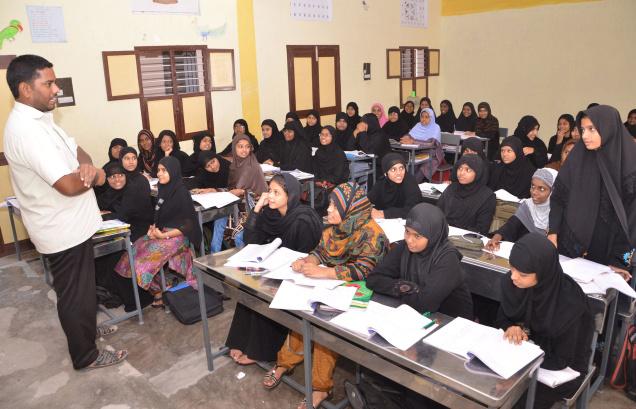
The film shows a stark difference in how caste and untouchability are perceived in rural and urban spaces. The documentary throws light on how caste is ignored in urban spaces and the intensity of the discrimination intensifies as it moves into rural spaces. There it can be noticed how the children of the marginalised are treated by the school authorities, they are forced to sit behind or outside the classes for lessons and these students are made to wash the toilets. Even though the parents are aware of the importance of education they fear for the safety of their child in school amongst the crowd, which has also contributed significantly to the rate of dropouts.
Inequality in educational opportunities has emerged in India as a major issue. The steady rise of globalisation has threatened the educational opportunities kept aside for marginalised and minority communities. However, the authority to provide basic education in most countries is part of the state’s responsibility. Studies have proved that the commercialisation and the privatisation of education over the years have reduced the power state holds over the educational system. This has led to the denial of education to many from the minority community.
Studies prove that many children from economically and socially weak communities can hardly be exposed to the minimum level of education, many children belonging to the Scheduled Castes (SC), Scheduled Tribe (ST), Urban poor, minority and other backward classes (OBC) are working as unskilled labourers.
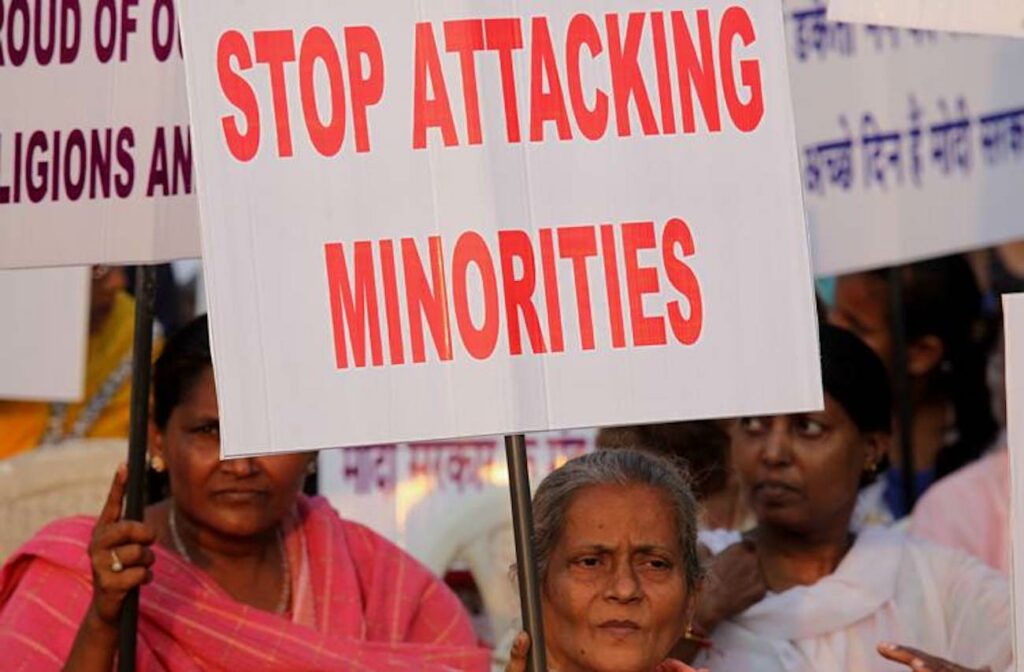
The Annual Report by the National Institution for Minority Educational Institutions in 2016 –17 concretes the fact that a significant part of the child population belonging to the socially and economically backward communities dwelling in rural areas are still denied the right to basic education. Out of the total enrolment students from the scheduled Casts adds up to 13.9% and the Scheduled Tribes 4.9%. Students belonging to the OBC category consisted of 33.75%, and the Muslim community took up to 4.7% and 1.97% enrolments from the other minority communities. It was also brought to notice that out of the Muslim student enrolment, males outnumbered females.
Also Read: Call For Genocide Against Muslims, Police Apathy—Sanctioned By The Centre’s Extremism
The literacy rate and the accessibility of education to its dwellers is an important segment to measure the development of any society. Thus the numbers put forth after the study indicates a steady growth in literacy rates at the national level. The literacy rate has risen from 18.32% in 1951 to 72.98% in the recent census. However when these numbers are interpreted in terms of categories like gender, locale, social strata etc. one can notice the prominent inequalities and disparities.
There is a terrible difference between educational levels when looking through rural and urban spaces, even after seven decades of independence the rural literacy rate is way less than that of the urban population. The literacy rate amongst urban dwellers is to be at 84.98% while it is only 68.91% for the rural dwellers
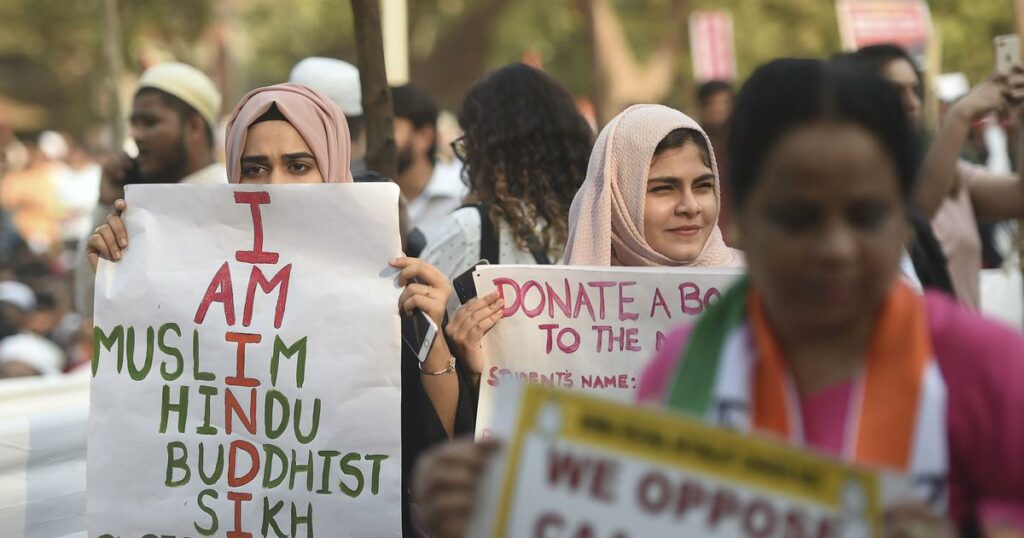
Article 46 endows the State to uplift and promote the educational and economic interests of the minority and the marginalised, it also requires the State to protect them against social injustice and exploitation. Many Articles like Articles 330, 332, 335, 338 to 342 help in the implementation of Article 46. However, in recent years, the decisions made by the government have hurt the educational rights of minority communities.
Assam’s two-child policy – a silent blow to the minority community
This policy deprives Assamese with more than two kids of applying to governmental jobs. It also restricts them from contesting in elections which include civic bodies and panchayats. This idea was proposed by the State’s health minister as he claims that “Assam is facing a dangerous population explosion“. However, Assam in recent years has mirrored the decline in fertility rate in the past decade. The State has witnessed its fertility rate drop from 2.4 in 2005-06 to 2.2 in 2015-16 according to the results put forth by the National Family Health Survey 2015-16. To further concrete the claims against the population explosion the numbers of the national growth rate can be taken into consideration.
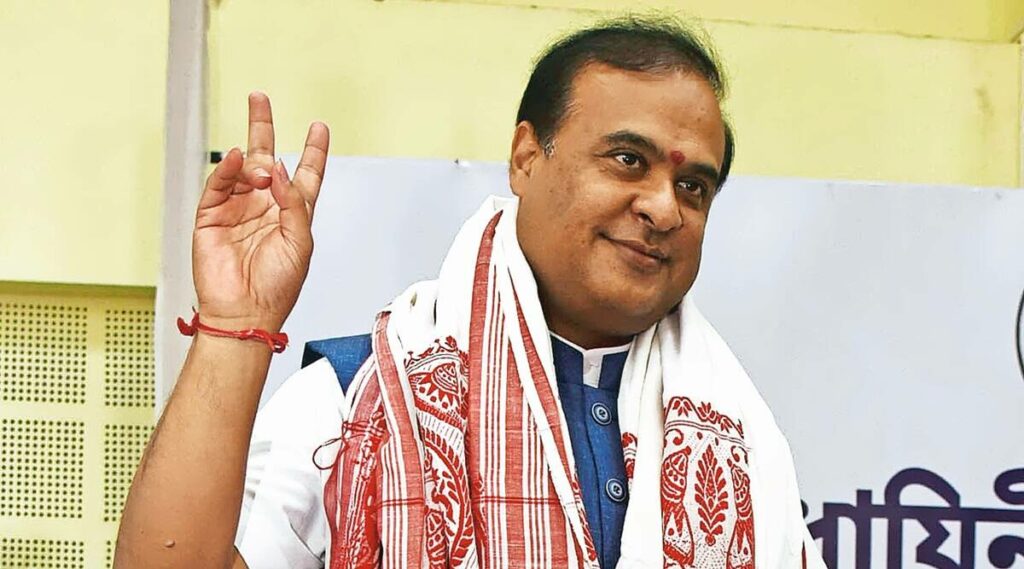
Assam’s decadal population growth was 16.93% between 2001 to 2011 which is lower than that 17.64% of the total national growth rate. These numbers ensure a steady population control, Then why this regulation? It was observed that the Muslim minority community grew at 29.59%, almost thrice the times of the Hindu population growth rate which is observed at 10.9%. This resulted in a significant increase in Assam’s Muslims which now outnumbered local Assamese in almost 11 districts completely overthrowing and changing the demography of Assam. It was posed as a threat to the local people with the increase of the minority Muslim community.
Also Read: Muslim Women In Indian Politics: Reservation Proposed by the AIMMM
Thus these two children’s norms will affect the chances of the Muslim minority in gaining positions at government jobs and thus in turn will affect both their social and economic status. This is not just an effect on the current generation but is a threat to the generation to come for these minority communities.
Was the hijab ban necessary?
In February 2022, the government of Karnataka imposed a ban on students wearing hijabs as part of their uniforms in State-run pre-university colleges. This ban later sparked a series of protests and even brutal religious clashes across Karnataka. As a result of the uproar, the Karnataka High Court upheld the government’s ban on hijab in March. According to the reports collected during the Supreme court’s hearing on this issue, it was brought up that almost 17,000 Muslim girls across the state had dropped out and refused to take their exams following the hijab ban.
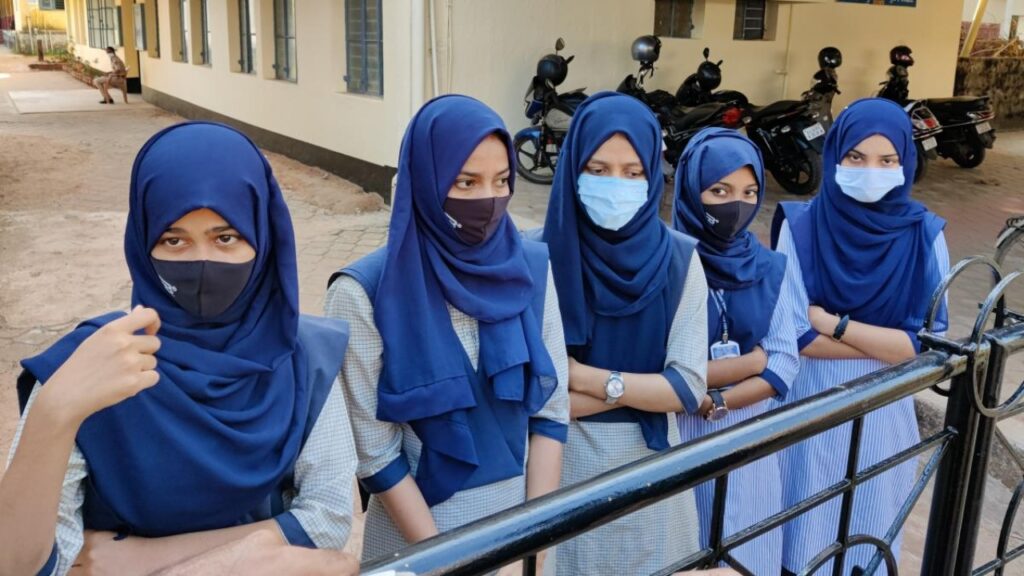
A student of BB Hegde College in Karnataka was forced to leave behind a hijab to enter the campus and take her exams. “Since I have just two months more to complete my graduation, I’ve started going to college. But out of the nine girls who were denied entry into the college with our hijabs on, only two of us have continued going to college. The others have stopped coming. They haven’t taken their exams either.”
Also Read: Early Warning Project Report Warns Of Hindutva Politics’ Mass Killing Risks
The only change this rule has brought about is to deny education to Muslim women and a rift between religions. As the recent report put out by the People’s Union for Civil Liberties (PUCL) shows that this decision has adversely caused the education of those coming specifically from the socially underprivileged category, where the literacy rate is low and the level of orthodoxy is relatively high. The female students from these communities face ultra-conservative parents and layered social pressures. Education is the key element which empowers the minority community by ensuring them both social and financial security, but sadly the girls are banned from attending schools at an early age as a result of the ban.
The scrapping of the Maulana Azad National Fellowship (MANF)
The MANF ensured funded opportunities by the Ministry of Minority Affairs (MoMA) to pursue higher studies for the wards belonging to the minority communities like Muslims, Sikhs, Parsi, Buddhists, Jains and Christians. The scrapping of this scheme evoked sharp responses from the members of these affected communities and all they got was a vague reason to revoke this scheme – “Since the MANF scheme overlaps with various other fellowship schemes for higher education being implemented by the government and minority students are already covered under such schemes, hence the government has decided to discontinue the MANF Scheme from 2022-2023“.
But the question remains, how does it overlap? It is known that no ward can gain two scholarships at once, then how does the MANF become a duplicate? This can be viewed as a targeted attack to disempower the minority community.
The union government also scraped the pre-matriculation scholarship once again highlighting the issue as ‘duplication‘. It was stated that since the government is already providing free education under the Act of Right to Education, there was no extra need for funded scholarships from grades 1 to 8. However, what they happen to ignore were the expenses the parents have to bare aside from the school fee. Books, uniforms, stationery etc are needed for a child to attend school and their inadequacy results in them dropping out.
Padho Pradesh – cutting short the dreams of the minority
This scheme was first introduced by the then Prime Minister in 2006 June as a part of the fifteen-point programme for the welfare of minorities. Its main objective was to award interest subsidies for students on merit who come from economically weaker sections of the identified minority communities, This was to motivate and provide them with opportunities to pursue higher education in Masters, M.Phil and PhD abroad which later results in better employment for them.
However, recently the Indian Bank’s Association notified the discontinuation of this Scheme for all banks from 2022- 2023. MoMA has not put forth any reason for its discontinuation. 33% of the seats were reserved for female students and if no suitable candidate found then will be passed on to male students. The candidate can only apply if the annual income of the candidate or his/her parents did not exceed 6 lakhs. MoMA in their recent annual report in 2020-2021 stated that an amount of Rs20.20 crores were transferred to Canara Bank for the subsidy of fresh as well as for renewal candidates under this scheme.
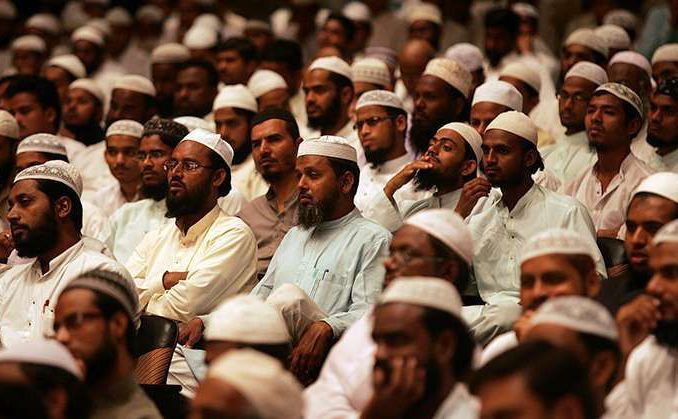
All these regulations were mostly accepted by the general category which perceives the minority in today’s context often have all resources and are enjoying privileges with these schemes in effect. However, what one ignores is the rural space. Many of the rural fewer income candidates have fought with globalization and the steadfast competition because of schemes like this. One educated person can have an immense impact on the society he/she belongs to, through education they can empower themselves and their family, which directly contributes to the development of that society.
The Indian Government however cancelling out the opportunities for the minority is in a way denying their basic right to education.
About the author(s)
Elizabeth has completed her Master's in English at Manipal University. She loves to write and is hopeful about bringing a change through her writings and when exhausted by it she often indulges in films, music and tv shows.





